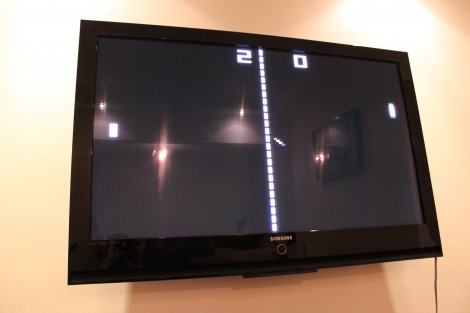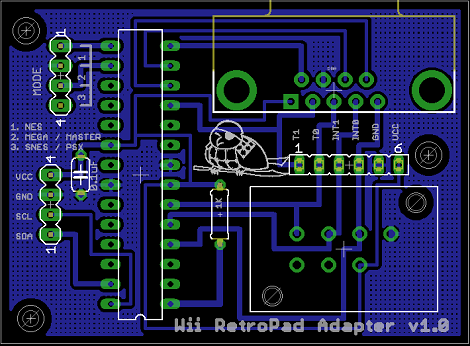
For a computer that debuted in the early 80s the MSX was a very respectable machine. Of course these were the days that superimposing graphics over a video was an amazing feat, but [Danjovic] and [Igor] are still having fun with their boxen. They designed a software interface for the Wii Nunchuck (translation) on their trusty MSX computer.
The plug coming out the back of a standard Wiimote is just a simple I2C bus. Many things can be done with this port from plugging in ancient controllers to controlling robots. [Danjovic] and [Igor] managed to write a routine in Basic that converts the I2C data coming out of the Nunchuck to data the MSX can understand without any modification of the hardware whatsoever.
All the guys needed to plug the Nunchuck into the MSX was a voltage divider and a few pull-up resistors between the computer and controller. They got data from both buttons, the joystick and the accelerometer in the Nunchuck and made a small program to display some sprites on the screen to demonstrate this. Check that out after the break.

















